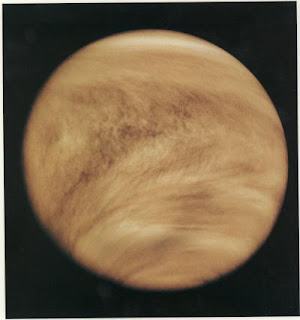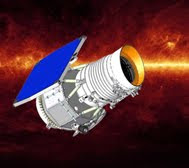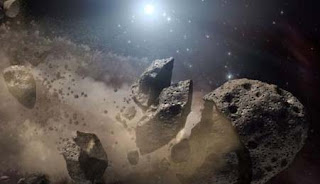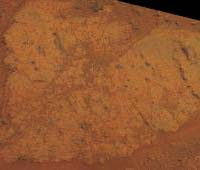 On the second day of the CAFE Green Flight Challenge, sponsored by Google, planes competing in the challenge flew like birds in the sky to test the fuel efficiency of their aircraft.
On the second day of the CAFE Green Flight Challenge, sponsored by Google, planes competing in the challenge flew like birds in the sky to test the fuel efficiency of their aircraft.Day Two of the competition was another fine day in Santa Rosa, Calif., for the Green Flight Challenge, one event in NASA's Centennial Challenges program. Weather was cool in the morning but quickly warmed into the mid 80s with clear blue skies and a few wispy clouds floating in a slight breeze.
The morning kicked off at 11 a.m. EDT with the daily briefing for the competitors, CAFE volunteers and journalists. Today the teams would be flying the fuel efficiency phase of the competition. Teams were required to fly four cycles of the closed loop course with an average speed of at least 100 mph, all while using the energy equivalent of less than one gallon of gasoline per passenger. Total miles to be covered would be about 200 miles.
During the daily briefing there were many technical questions from the team pilots regarding the flight path requirements. CAFE reiterated the minimum 4,000 feet and maximum 6,500 feet altitude requirements, staying within two miles of the course flightline and making course turns at the pylons within one-quarter mile. The concern and attention to these details said a lot about the seriousness of the teams to have a clean flight and score points toward the $1.6M prize purse, provided by NASA.
To View This Sites: Gas Grills, Outdoor Kitchens





























